We’ve found that a lot of people are unaware of what actual termites look like. We see the commercials about termites, but what do they look like? We’ve collected a ton of termite pictures to help you detect and identify termites in or around your home.
What Does a Termite Look Like?
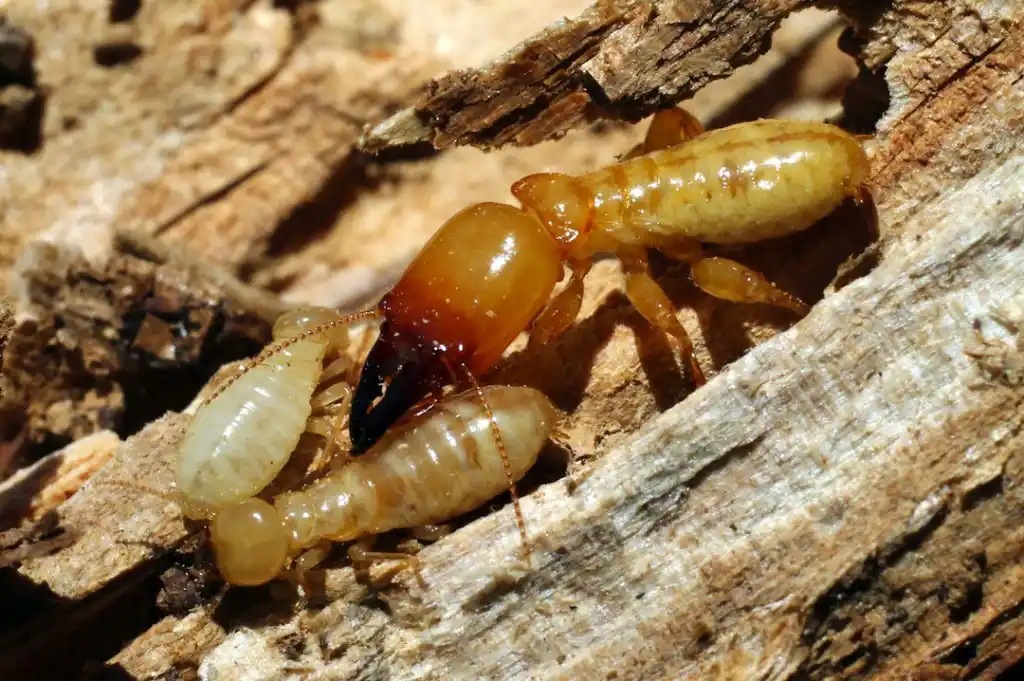

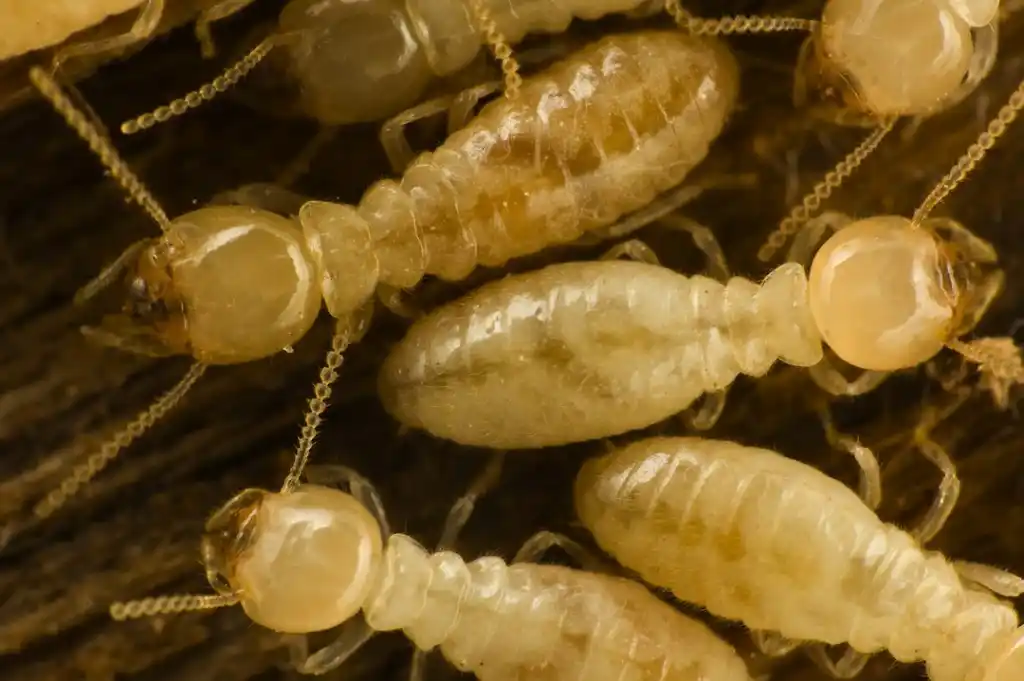
Termites can take on a number of ‘looks’. There are thousands of termites species. But what we find most in east Tennessee is the subterranean termite. Drywood or Formosan termites can be found, but are rare and not native to Tennessee. The subterranean termite resides under the ground in their built colonies. They have a queen which births the termite colony. There are worker termites and soldier termites. The workers do the daily labor of the colony, foraging for food, nest management, etc. The workers are probably what you are likely to find if you discover a colony in or around your home. The worker termite can be identified by their cylinder shape and white rice color. Sometimes their color can be tinted differently but often this is an accurate look. The soldier termites serve the simple purpose of defending the colony against predators, usually ants. They are larger in size (especially in the head) with a more orange, red, or dark coloring. Soldier termites will have some pinchers on the front of their head which is another good identifier. If you spot a termite colony under attack by some ants, then you are likely to see some soldiers doing their work. The queen will be a termite with a large sack off their body. This is their egg sack. The queen is generally immobile and tended to by the workers. It is unlikely that you will happen across a termite queen as they are usually protected deep within a colony nest.
What Does A Termite Swarm Look Like?

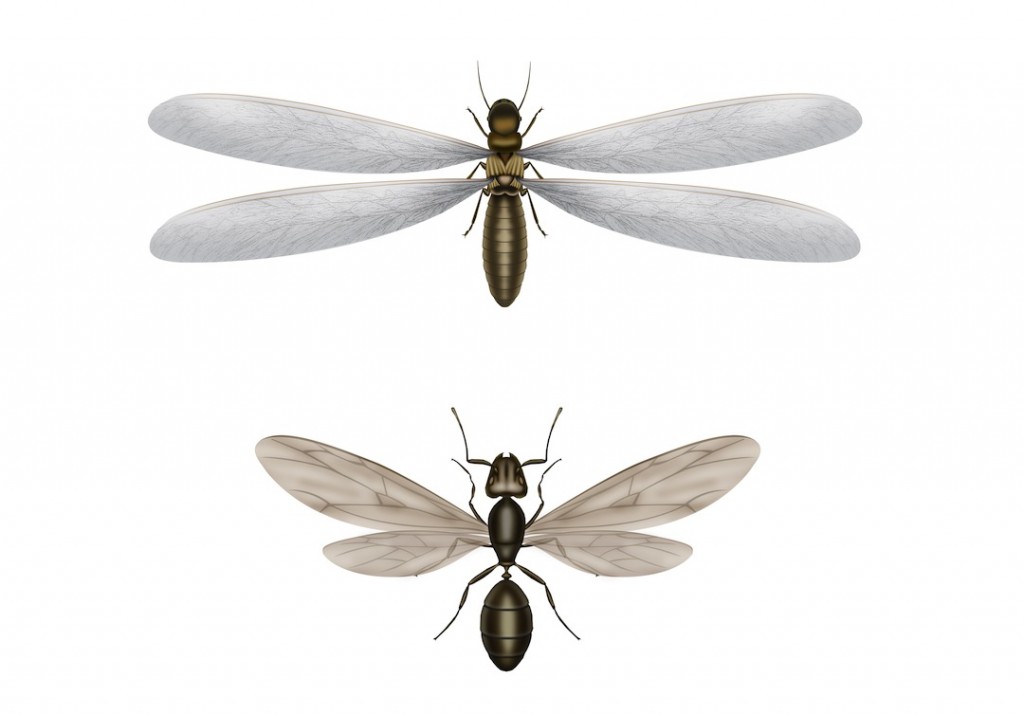
Termite swarms are one of the easiest indicators of termite activity around your home or place of business. If you recognize a swarm then you will want to identify whether it is a termite swarm or an ant swarm. The easiest part to distinguish a termite swarm is that the swarming termites will have wings that equal in length. Swarming ants will have wings that are two different lengths. You do not have to worry about swarming termites flying and landing on your house and immediately eating your home. Swarming termites are leaving their current colony in order to find a mate and start a new colony. So if you identify swarming termites it is a good idea to contact a termite control professional to help you deal with your current and future presence of termites.
Need Help Identifying Termites?
How Can I Detect Termites Early?

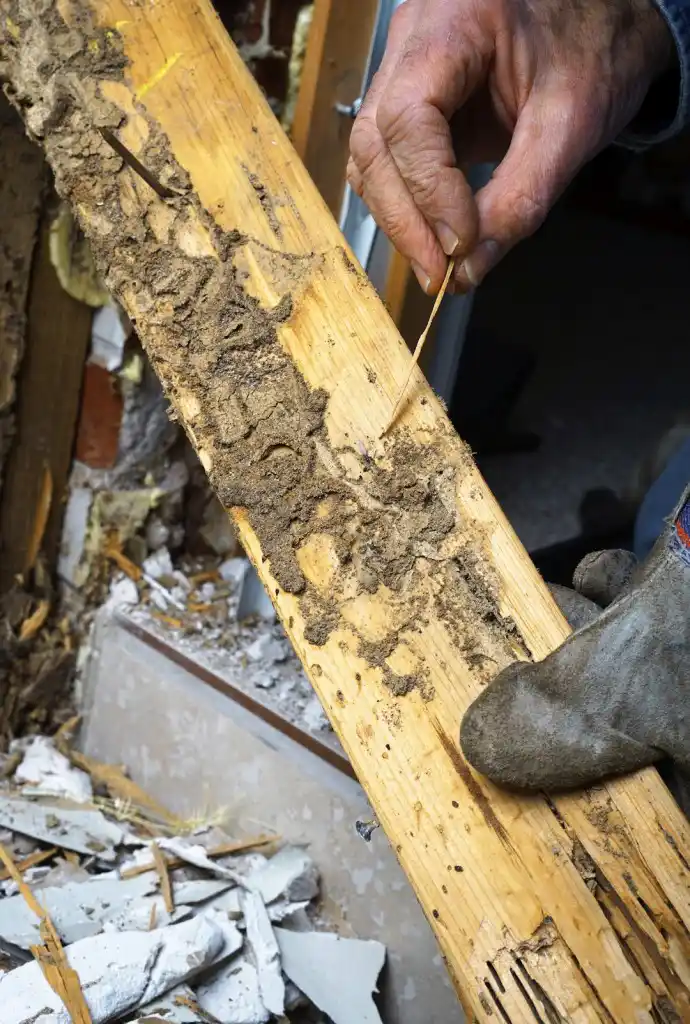
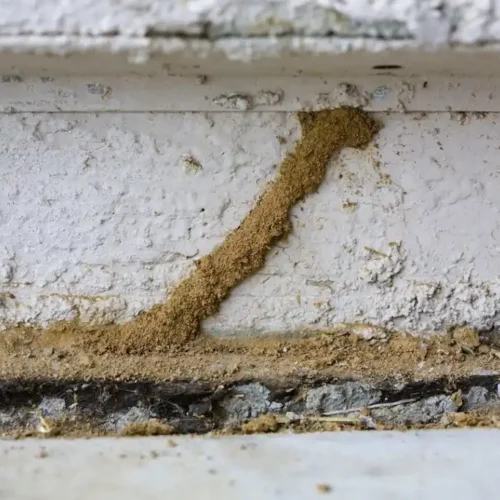
If you have had termites around your home before then you will likely have to remain vigil for them again. Keeping wood piles, mulch piles a decent distance from the home is one of those preventative measures to keep termites away. If you regularly inspect your home keep an eye out for mud-tubes around your home. These mud-tubes can be on trees, playground sets, detached buildings, wood piles, and even the side of a home. The mud-tubes will emerge from the ground often times (they do not always). A moist mud-tube is a good indicate or current termite activity. Dried out mud-tubes (or stains on the wall from mud-tubes) are indicators of prior termite activity.
Wood that that has water damage can look very similar to termite damage. They key difference between termite damage and water damage would be the mud content. Carpenter ants also dig into wood, but they will chew wood without leaving mud, but instead leave sawdust.
Hope these termite pictures help you to feel more confident and accurate in identifying termites in and around your home. If you need professional help in getting rid of termites do not hesitate to call your local Knoxville / Sevierville area pest control professionals at Johnson Pest Control.
Termite Pictures : How to Detect Termites in Sevierville TN
Serving Sevier County and surrounding areas since 1984